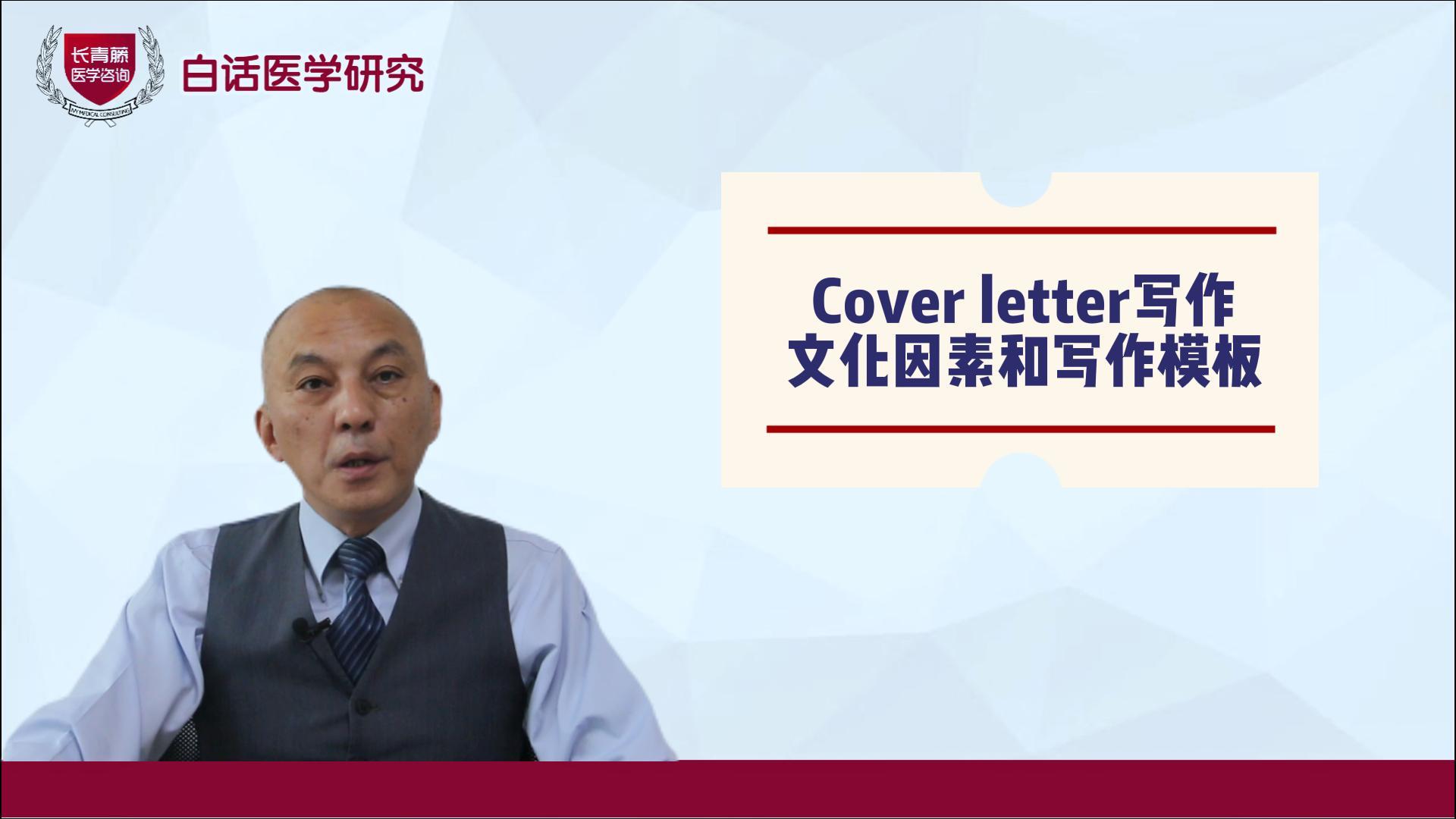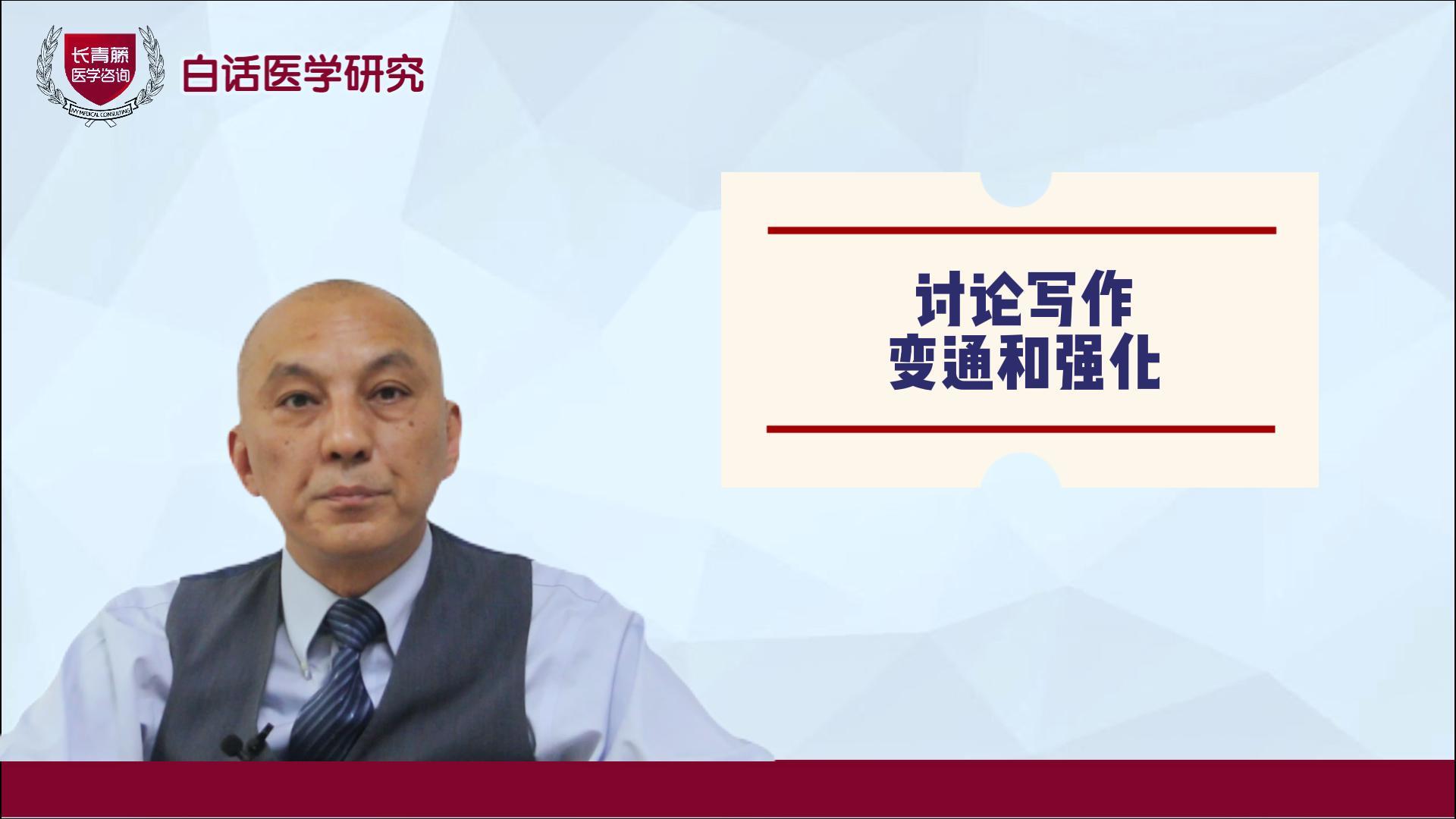1970-01-01

Regina A Shih1; Beth Ann Griffin1; Adria Jewell1; Christine Eibner1; Mary Cushman2; Duanping Liao3; Charles Eaton4; Helene Margolis5; Eric Whitsel6
1 Chloe Bird, RAND, Arlington, VA
2 Univ of Vermont, Burlington, VT
3 Penn State Univ, Hershey, PA
4 Brown Univ Sch of Medicine, Pawtucket, RI
5 Univ of California, Davis, Sacramento, CA
6 Univ of North Carolina Gillings Sch of Public Health, Chapel Hill, NC
Introduction. Particulate matter air pollution (PM) may affect coagulation and risk of venous thromboembolic events (VTE) differently among women who do and do not take estrogenic hormones. A high-profile case-control study recently found a direct PM10-deep vein thrombosis association that was weaker among women taking hormone therapy. We replicated this study in the combined population of two, prospective, randomized, controlled trials of treatment with estrogen (E) 0.625 mg/d versus placebo and E plus progestin 0.25 mg/d (E+P) versus placebo.
Methods. The WHI HTs randomized 27,347 post-menopausal women aged 50–79 years at 40 clinical centers across the U.S. then followed them prospectively for an average of 5–7 years. We excluded women with a prior VTE, unavailable PM data, or current anticoagulant use, leaving 26,631 for this analysis. We used age-stratified Cox proportional hazard regression models to examine the association between time to physician-adjudicated, incident VTE and annual mean concentrations of PM10 and PM2.5 (?g/m3) spatially interpolated at geocoded participant addresses. We adjusted models for race/ethnicity, income, body mass index, history of cancer, history of lower extremity fracture, current smoking, randomized treatment arm, randomized treatment duration, and a randomized treatment arm*duration interaction. We also examined multiplicative interactions between randomized treatment arm and PM.
Results. Over the course of follow-up, we observed an overall rate of 2.8 VTE per 1,000 person-years and a hazard ratio (95% confidence limits) for VTE per 10 ?g/m3 increase in PM2.5 of 0.98 (0.63, 1.54). The hazard ratio associated with PM10 was lower and more precise than for PM2.5. Findings were suggestive of greater PM-associated hazards in the E+P than in the E trial, but randomized treatment arm*PM interactions were not statistically significant (P > 0.10).
Conclusions. Prospective findings from the Women’s Health Initiative Hormone Trials are inconsistent with prior, observational epidemiologic evidence of a strong, direct association between long-term PM exposure and VTE and clinically important modification by exposure to exogenous estrogens.
百度浏览 来源 : 国际循环
版权声明:本网站所有注明来源“医微客”的文字、图片和音视频资料,版权均属于医微客所有,非经授权,任何媒体、网站或个人不得转载,授权转载时须注明来源:”医微客”。本网所有转载文章系出于传递更多信息之目的,且明确注明来源和作者,转载仅作观点分享,版权归原作者所有。不希望被转载的媒体或个人可与我们联系,我们将立即进行删除处理。 本站拥有对此声明的最终解释权。




发表评论
注册或登后即可发表评论
登录注册
全部评论(0)